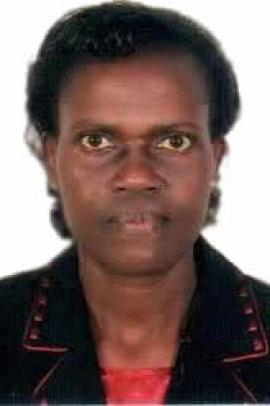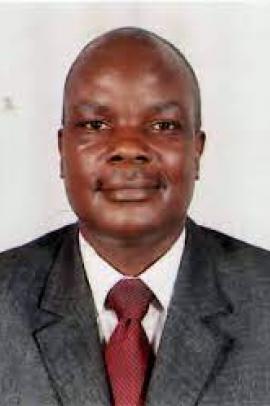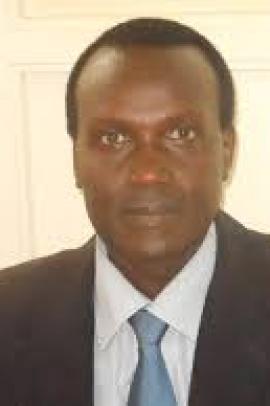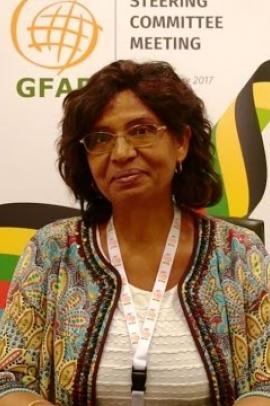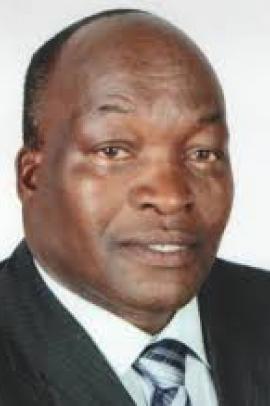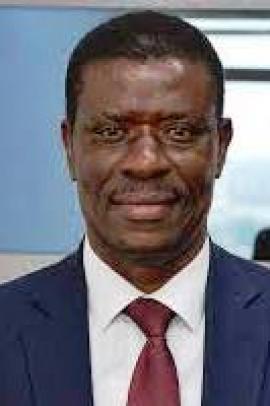In general, herbaceous species diversity, species richness, relative abundance, percent composition, biomass production, and percent cover of perennial grasses significantly increased downslope and were higher in the rehabilitated area compared to the degraded area. On the contrary, the same attributes for forbs and annual grasses were higher in the degraded area and increased upslope. The study concluded that effective rangeland rehabilitation has the potential to enhance vegetation regeneration and hence forage productivity.
Land degradation is a serious environmental problem of our time. In Kenya, it is estimated that 30% of the total land mass is severely degraded. Suswa catchment within Narok County is a good example with gullies of over 25 m deep and 30 m wide. In response to the increasing land degradation in the area, the Sustainable Land Management (SLM) project rehabilitated the catchment through establishment of soil and water conservation structures such as cutoff drains, semicircular bunds, and water retention ditches. Despite the various rehabilitation approaches carried out, little research has been done to ascertain their effect on successful vegetation recovery.
This coupled with the fact that many restoration approaches have failed in East Africa and Kenya in particular gave drive to the study. The objective of this study was to determine the effects of rangeland rehabilitation on herbaceous species composition and diversity in a severely degraded rangeland.
To assess the diversity of aboveground herbaceous layer in the rehabilitated and degraded areas along a slope (upper, middle, and lower), line transect and quadrat count methods were used. Within each slope position, three 100-m-long transects were placed across the hill parallel to one another 30 m apart using a tape. The species hit, the closest species to the hit, and hits on bare ground were recorded. Along the same transects, 1-m2 quadrats were placed 25 m apart and aboveground biomass determined by the use of the destructive method. In the determination of species richness, diversity, relative abundance, percentage cover, and species composition, the Shannon-Wiener diversity index was used. Data collected on vegetation attributes was subjected to analysis of variance (ANOVA) using Genstat and Tukey’s HSD post hoc used in means separation where F values were significant.
The results showed that percent cover (74.67%), aboveground biomass (1459 kg/ha), relative abundance, richness, composition, and diversity of perennial grasses significantly (P ≤ 0.05) increased downslope and were higher in the rehabilitated area than in the degraded area. On the contrary, forbs and annual grasses were significantly (P ≤ 0.05) higher within the degraded area compared to the rehabilitated area and increased upslope.
In general, herbaceous species diversity, species richness, relative abundance, percent composition, biomass production, and percent cover of perennial grasses significantly increased downslope and were higher in the rehabilitated area compared to the degraded area. On the contrary, the same attributes for forbs and annual grasses were higher in the degraded area and increased upslope. The study concluded that effective rangeland rehabilitation has the potential to enhance vegetation regeneration and hence forage productivity.
The research was conducted by Ombega NJ, S. M. Mureithi, O. K. Koech, Karuma AN and Gachene C.




